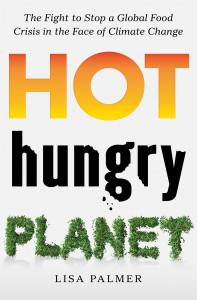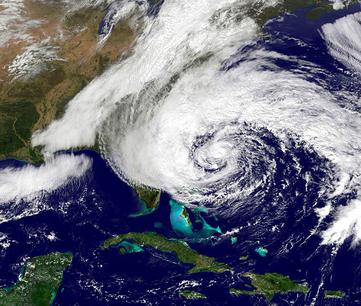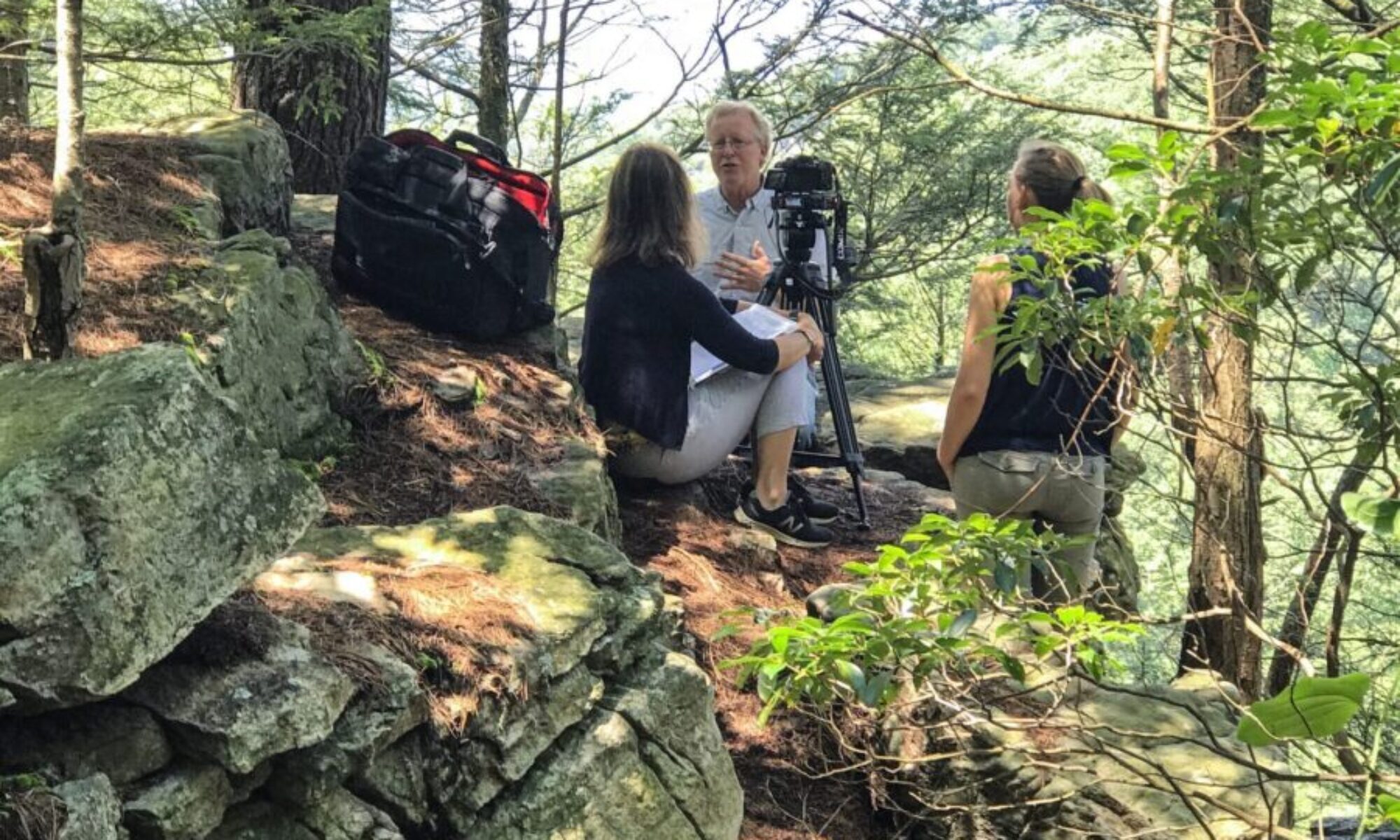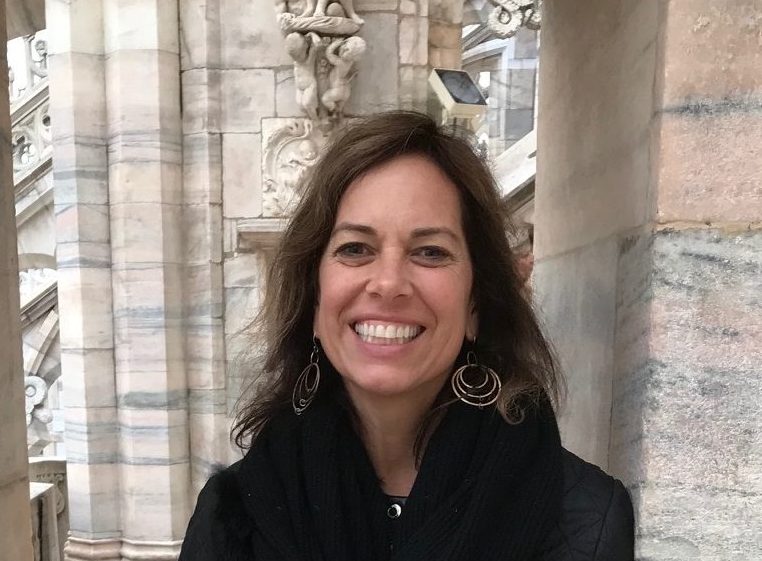The Pulitzer Center for Crisis Reporting Covers Book Launch at The Wilson Center

Last month I gave a presentation at The Wilson Center about the publication of new book, Hot, Hungry Planet: The Fight to Stop a Global Food Crisis in the Face of Climate Change (St. Martin’s Press). I write about how global agriculture is ready for sustainable solutions. The Pulitzer Center provided support for my reporting in India, where I found that climate change is altering agriculture across a variety of societies. I observed how people are working together to develop climate smart villages and asked: What does this mean for their food security, especially for the world’s most vulnerable people?
The Pulitzer Center covered my book launch at the Wilson Center, and this is how their report begins:
A confluence of environmental, social, and economic factors are leading to major food shortages around the world, especially in poorer countries. By drawing upon her reporting and research on the environment, sustainability, and agriculture, Pulitzer Center grantee Lisa Palmer looks at the factors threatening global food security in her new book Hot, Hungry Planet: The Fight to Stop a Global Food Crisis in the Face of Climate Change.
Palmer launched her book at the Woodrow Wilson Center in Washington, D.C., where she was previously a public policy scholar. The Wilson Center, a U.S. Presidential Memorial, serves as a policy forum on global issues and supports researchers and discourse. At the launch, the Wilson Center invited Palmer and a group of experts to comment on Hot, Hungry Planet and what challenges and opportunities are currently available to stem food shortages. Panelists included: Channing Arndt, senior research fellow at International Food Policy Research Institute; Roger-Mark DeSouza, Director of Population, Environmental Security, and Resilience at the Wilson Center; and Nabeeha Kazi, president and CEO of Humanitas Global.
In Hot, Hungry Planet, Palmer explores the future of food security through seven case studies located in six regions around the world: India, sub-Saharan Africa, the United States, Latin America, the Middle East, and Indonesia. Through these examples, Palmer looks at how the global population boom (expected to reach 9.7 billion people by 2050), climate change, and the widening socioeconomic divide will make feeding the world challenging.
To read the complete story on the Pulitzer Center website, please follow this link.
http://pulitzercenter.org/blog/how-feed-hot-hungry-planet
Thought Matters Publishes Excerpt of Hot, Hungry Planet
Thought Matters, an idea exchange for the highly opinionated, published an excerpt of Hot, Hungry Planet recently.
Here’s how the chapter on California and Syria: A Tale of Two Droughts begins:
In the late spring of 2014, while covering food sustainability at the Monterey Bay Aquarium’s Sustainable Foods Institute, I took a trip to the Carmel Valley farm stand run by Earth-bound Farm. Earthbound Farm is the largest organic farming operation in the United States. It cultivates about 50,000 acres of produce, and I spent the morning walking in a small demonstration garden that was nothing short of paradise. Everything was a verdant green. Yet just beyond the farm, where the Carmel Mountains meet the horizon, was dry scrub and pale brown grass, a truer reflection of this parched land. The Golden State, which got its name from the grasses that turn a shade of palomino blond in summer, then green up again during the fall and spring rains, was looking more like the Brown State.
As California’s drought dragged into the next year, I couldn’t shake the sense of a crisis brewing in Carmel Valley. I was also hearing reports of conflict over water in war-torn Syria. I wondered, could water conflict on that scale ever occur here? I couldn’t blame Earthbound’s owners for choosing this idyllic spot, or other farmers for choosing any other location along California’s central coast, where morning fog moistens the otherwise dry landscape. When the founders of the farm first started growing raspberries on two and a half acres, they didn’t imagine it would expand to become America’s largest organic producer of salad greens and vegetables. But Earthbound’s growth was only one among the more recent in decades of farming expansion all across California, and especially the nearby Central Valley, since the Dust Bowl of the 1930s. Through the magic of irrigation, these farmers had made a desert bloom.
While Earthbound’s leafy expanse appeared intact, agriculture is in jeopardy throughout California and other western states. A 2015 investigation in ProPublica reported that California’s drought is part of a much bigger water cri-sis that is killing the Colorado River, “the victim of legally sanctioned overuse, the relentless forces of urban growth, willful ignorance among policymakers, and a misplaced confidence in human ingenuity.” Climate change will only exacerbate the problem.
Continue reading on Thought Matters and to buy your copy of Hot, Hungry Planet, please go here.
The New Republic Publishes My Latest Essay “One Meal A Day”
My latest essay, “One Meal A Day,” appears in the July issue of the New Republic.
Featuring photographs by Chris De Bode, One Meal A Day,” spotlights the hardships faced by refugees who have fled to Cameroon because of climate change and Boko Haram. Constant drought, combined with government limits on farming designed to deter insurgents, have led to mass starvation in the region. “These images do not ask us to look into their eyes and see ourselves,” I write. “They ask us to look at the emptiness of their bowls and reflect on the fullness of our own. We see their hunger through what little they have. We measure their suffering in the most universal unit of all: a single meal.”
For the complete story, please see the July issue of the New Republic.
Hot, Hungry Planet Book Launch May 3
Join me in person or online on May 3 at 3 p.m. at the Wilson Center in Washington, D.C. for the book launch of HOT, HUNGRY PLANET: The Fight to Stop a Food Crisis in the Face of Climate Change. The event is free and open to the public. Details are here. Please RSVP.
I will share what I have learned from my research and reporting. The book focuses on three key concepts that support food security and resilience in a changing world: social, educational, and agricultural advances; land use and technical actions by farmers; and policy nudges that have the greatest potential for reducing adverse environmental impacts of agriculture while providing more food.
For the book launch, I will be joined by experts on global food security for a panel discussion and will take questions from the audience. Copies of the book will be available for sale. This conversation is part of the ongoing “Managing Our Planet” series, jointly developed by George Mason University and the Wilson Center’s Brazil Institute and Environmental Change and Security Program. The series, now in its fifth year, is premised on the fact that humanity’s impacts are planetary in scale and require planetary-scale solutions.
 – See more at: https://www.wilsoncenter.org/event/hot-hungry-planet-book-launch#sthash.M30dkpxF.dpuf
– See more at: https://www.wilsoncenter.org/event/hot-hungry-planet-book-launch#sthash.M30dkpxF.dpuf
What can Madagascar teach us about rice and water?

Recently, I was about to open a package of rice when I noticed the labeling and the clever turn of phrase: “More crop per drop”.
This was in Vermont, where I was attending the Vermont Law School as a summer media fellow at the Environmental Law Center. I was taking a class that examined issues at the intersection of land use, resource managment, food policy, population and climate change. The course, “Feeding a Hot, Hungry Planet”, touched on how agriculture contributes to climate change by increasing greenhouse gas emissions. I was a bit astounded when I learned about the huge greenhouse gas emissions — methane — that are associated with rice production.
A few days after I returned to Maryland, I met with ag researcher Lewis Ziska who explained that the “more crop per drop” claim may not be all it’s cracked up to be. The huge yields of rice grown with that methodology are still unproven, he said. Still, water management is critical to the future of rice under climate change conditions and reduces methane.
Inspiration in those grains of pink Madagascar rice from my pantry resulted in this story published this week in The Guardian’s Sustainable Business blog.
Climate change and how to fix it
My latest story for The New York Times features Oxford University professor Dieter Helm. We met on Wednesday in Washington, D.C., to discuss Europe’s flawed energy policies and what he considers America’s lucky break with natural gas. The best part of the interview? He’s refreshingly honest and doesn’t mind admitting he’s angry. Helm is the author of “The Carbon Crunch: How we’re getting climate change wrong – and how to fix it.” He told me, “Parts of my book are angry. It was a great way to construct an argument!”
What’s up with Arctic shipping, climate change, and invasive species?
In Scientific American you’ll find “Melting Arctic Ice Will Make Way for More Ships–and More Species Invasions,” a story I wrote about the immense increases in shipping that are likely over the North Pole and Arctic Ocean in the coming years. This has alerted scientists studying invasive species. The Arctic is a pristine environment. Scientists are just now beginning to catalogue and classify native and nonnative species in a few select places the Arctic.
Historically, shipping has been the major pathway of invasive species introductions, accounting for 69% of invasions. The cold water over the Arctic provides special opportunities for invasions from hull fouling. In my article, I explain it this way:
Mario Tamburri, a marine scientist and director of the Maritime Environment Resource Center at the University of Maryland Center for Environmental Science, has been researching survivorship and reproduction of organisms likely to be transported by ships by mimicking the conditions of shipping traffic. New colder, shorter routes afforded by the retreat of ice help invaders, such as mussels, barnacles and crabs, on a biological level, Tamburri says. Cold water slows metabolism of organisms, which can sustain themselves in low food conditions. “It’s like putting your groceries on ice,” he says.
Shorter routes also mean more organisms either attached to the hull or in ballast water are now more likely to survive the journey. Previously, the high heat and lack of light of longer trips outside the Arctic killed them off. “When ships now transport goods through the Panama Canal, for instance, through warm water and freshwater, natural barriers to invasive species are built into the shipping routes,” Tamburri says. “In the Arctic, those barriers go away.
Check out the complete story in Scientific American; or, if you prefer, it’s also published in Nature. Thanks for reading. And thank you for sharing my stories with your colleagues and social networks. As environmental journalism struggles in many media outlets, reader support means a great deal on many levels. Onward!
Superstorm Sandy was a kind of storm scientists don’t understand well.
 Recently I wrote at Slate Magazine about Superstorm Sandy as she barreled into Maryland. It was 10 am and my editor just asked me to write about whether Sandy’s enormous size was related to climate change. Or, should we assume all storms have a global warming component because climate change has altered the playing field?
Recently I wrote at Slate Magazine about Superstorm Sandy as she barreled into Maryland. It was 10 am and my editor just asked me to write about whether Sandy’s enormous size was related to climate change. Or, should we assume all storms have a global warming component because climate change has altered the playing field?
Lights flickered and sirens blared in my neighborhood. I knew it was only a matter of time before I lost power. So the interviews happened in quick succession. I first reached MIT’s Kerry Emmanuel, who explained to me that Sandy was a hybrid storm–a rare combination of enormous hurricane and powerful winter storm. From my story:
Emmanuel: It is correct to say that in no individual [weather] event can you really make an attribution to anything, whether it is climate change or El Nino or your grandmother had her tooth pulled this morning. You just can’t do it for a single event. It is just the nature of the game. Now, Sandy is an example of what we call a hybrid storm. It works on some of the same principles as the way hurricanes work but it also works on the same principles as winter storms work. Hurricanes and winter storms are powered by completely different energy sources. The hurricane is powered by the evaporation of sea water. Winter storms are powered by horizontal temperature contrasts in the atmosphere. So hybrid storms are able to tap into both energy sources. That’s why they can be so powerful.
An hour later I reached NCAR climate scientist Kevin Trenberth in Colorado. He explained that a few inches of sea level rise had the potential to make Sandy even more catastrophic. Most scientists seem to be reluctant to tie a single storm to climate change, but sea level rise is much more clearly climate-related and disastrous. It doesn’t take much for an extreme event with a little bit of extra sea level to overtop coastal defenses. I asked Trenberth: What should we expect with Sandy?
Trenberth: You have this picture sometimes that sea level is going up at this slow rate of 3 millimeters per year. You stand there and you watch, and finally it gets up to your toes or it gets up to your ankles. You think finally, I better do something about this. That’s not the way it works. Sea level-rise happens episodically. One minute it looks benign and then a week later suddenly a storm or hurricane comes along like Sandy, and there are major waves, 20-foot waves, and major storm surge, and tremendous damage occurs.
He went on to say:
Even if the storm just happened to do exactly the same things it’s doing anyway, the fact that sea level went up 6 inches last century, and that sea level is somewhat higher now than it has been at any time in recent history, means that all of the coastal regions are experiencing new levels of pounding and erosion. I expect there could be some quite surprising events along some of the coast as a result of that.
In my story headlined Hybrid Hell published at Slate Magazine (their Science and Health section is excellent, check it out!), you can read the complete interviews that I tapped out on my keyboard as water flooded my basement and tree limbs fell around my house.
Climate Concerns in Boardrooms, But in Business Magazines?
 Mention the words business risk and climate change to Howard Kunreuther of Penn’s Wharton School, and he’ll tell you about big changes in risk management in the corporate world. Yet major business periodicals appear to lag behind corporate boardrooms in increasing the awareness of risks posed by a changing climate.
Mention the words business risk and climate change to Howard Kunreuther of Penn’s Wharton School, and he’ll tell you about big changes in risk management in the corporate world. Yet major business periodicals appear to lag behind corporate boardrooms in increasing the awareness of risks posed by a changing climate.
In a story headlined Risky Business, published recently at The Yale Forum, I took a look at how U.S. businesses now are facing major changes in their assessment of catastrophic risk. Floods and droughts are increasingly coming into focus. Supply chain management is now a big concern, because natural hazards around the world can disrupt business at home. Here is how the story begins:
As little as ten years ago, few of the world’s largest corporations issued sustainability strategies to shareholders, reported on greenhouse gas emissions, or disclosed climate change risks. Today, more than 80 percent do.
But while catastrophic risk and sustainability concerns associated with climate change now are increasingly reflected on corporate agendas, leading business magazines — no doubt suffering some of the same economic and growth challenges facing mass media overall — show little real appetite for substantive climate-related reporting.
Nevertheless, climate news important to the business sector clearly is happening. For the first time, G20 leaders put disaster risk management on the agenda at their 2012 summit in Mexico. And U.S. corporations have made substantial progress on emission reduction goals, according to a September 2012 report by the Carbon Disclosure Project, a system for companies to measure and disclose environmental information. As emissions reductions and physical risks of climate change — including drought, wildfires, and floods — raise concerns in boardrooms and among finance ministers in the world’s richest countries, business press coverage appears not to be meeting needs, leaving things to specialized high-priced “insider” newsletters to fill the void.

